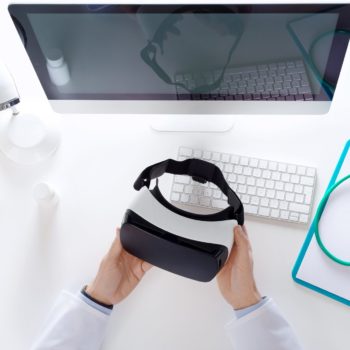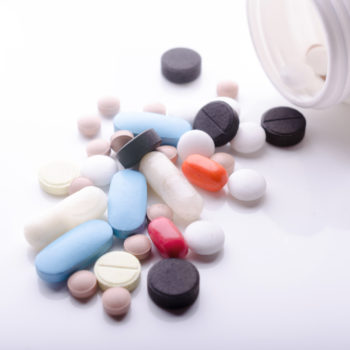Children can be “difficult patients”, especially if you have to perform bothersome and potentially painful tests such as blood sampling. Together with Dr. Elisabetta Corsi, coordinator of the Humanitas Medical Care collection centers and operating at HMC Fiordaliso in Rozzano, we have seen how to approach and prepare the child when he or she has to undergo this type of examination, which is not always easy and requires special attention from the doctor or nurse involved in this task.
“In Humanitas we avoid trauma”
“Taking blood from children (from the age of two onwards) is not an easy task, as it requires experience, predisposition, manual skills, patience and the ability to manage the young patients, giving them safety and peace of mind, so that they do not suffer a trauma that they could then carry with them throughout their lives,” explains the doctor.
The so-called “butterfly needle” is used, so called because it is shorter than the normal needles and has two plastic fins attached to its base that allow you to easily maneuver it and prevent it from moving during collection.
“Sometimes – continues the specialist – not even all this is sufficient to be able to make the withdrawal; in fact, often, if the child arrives terrified, there is nothing that can distract or console him. In the absence of the child’s collaboration, one must give up to avoid the risk of hurting the child”.
With those who arrive a little frightened, the “trick” is to ask them about their lives, make them talk about the things they prefer in order to establish an immediate confidential relationship and reassure them as much as possible.
“Then we go on to a detailed explanation of what I’m going to do to him – said the specialist -, the reason why I do it, and I reassure him that he won’t feel pain. I then show him where I will take the sample, letting him touch the vein with the other hand, as a form of knowledge of his body. Finally, I show him the test tubes that I have to fill, explaining why the caps that close them are of different colors.
How do you prepare for a blood test?
The preparation is exactly like that of adults, that is, observing the classic eight to ten hours of fasting, with the difference that the child has less reserves and a “faster” metabolism and must eat enough the night before. In addition, “it is good that you come to the clinic early in the morning so that you can have breakfast as soon as possible,” warns the doctor.
How do I get my blood drawn from Humanitas?
“Humanitas Medical Care has a sampling center with highly specialized health personnel for this service and it is located inside the Fiordaliso shopping center in Rozzano (Milan)”, said Dr. Corsi.
During the collection, some children watch, while others are impressed and turn their faces to the other side.
“The important thing is that they decide spontaneously how to behave, without forcing them in any way – warns the doctor. While performing the procedure, older children generally feel relieved to hold their mother’s hand and this is often enough. Smaller children, on the other hand, often have to be held still by force: the operator must be quick so as not to risk the needle moving, thus making it necessary to take another sample, but above all not to increase the child’s state of stress”.










